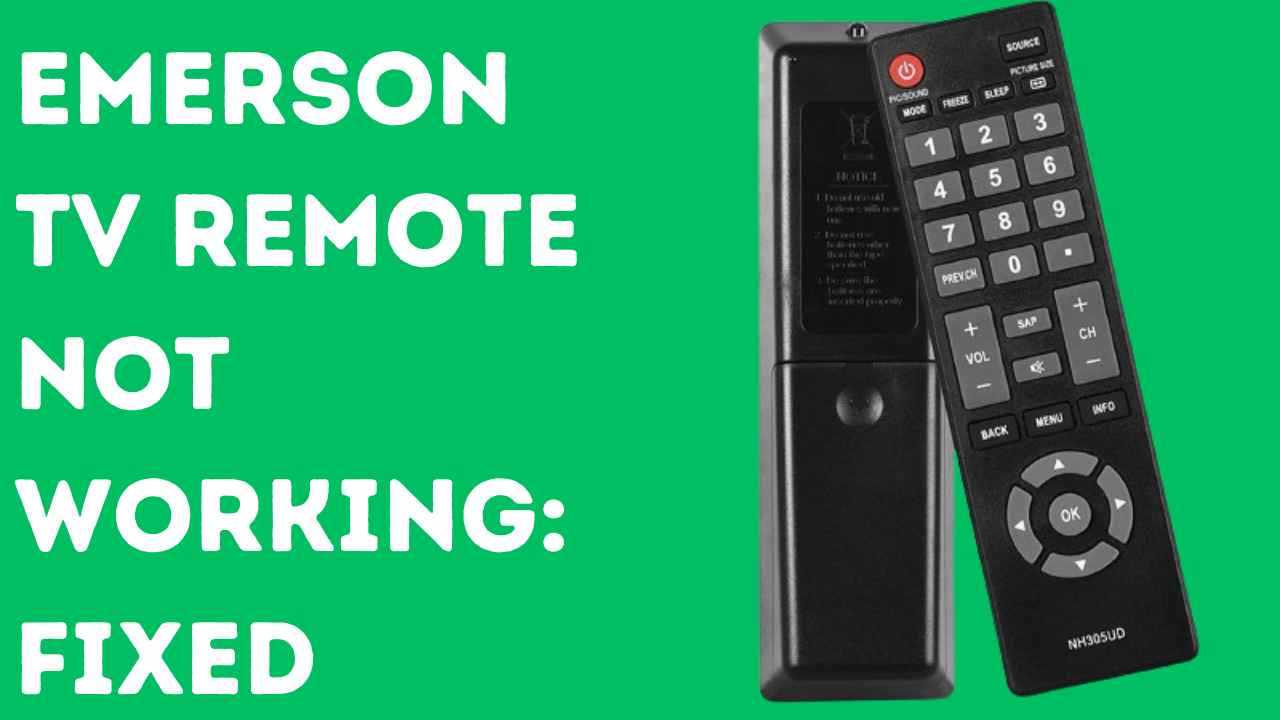When we watch TV, we want it to look cool, right? Dolby Vision is a unique tool that makes everything on the screen look incredible.
It’s like magic for your TV! It helps make the colours and brightness in the videos way better.
In this article, we’ll chat about what Dolby Vision is, the incredible things it can do, how to check if your TV can use it, something people might be confused about, why it’s better than other picture stuff, and which TV brands use it. So, let’s make TV time even more fantastic!
What is Dolby Vision?
Dolby Vision is like a super cool set of technologies created by Dolby Laboratories to make watching HDR (obvious and colourful) stuff way better.
It helps from when they make the show or movie until it shows up on your TV or phone. It’s like giving superpowers to the people who create excellent visuals for film, TV, and games.
But here’s the thing: to enjoy Dolby Vision stuff, you need a TV or device to handle it. Some TVs can also do HDR10, but not all can do Dolby Vision.
Dolby Vision is like the VIP experience for watching stuff because it makes everything look even more impressive than regular HDR. It’s the top choice for people who want the best visual experience.
How to Identify Dolby Vision on Your TV
Here’s a simple guide on how to check if your TV has Dolby Vision.
1. Check for the Dolby Vision Badge:
When you’re in the market for a new TV, one of the simplest ways to identify Dolby Vision support is to look for the Dolby Vision badge on the TV itself or in the product description.
Manufacturers often prominently display this badge to indicate compatibility with Dolby Vision technology.
It serves as a quick visual confirmation that the TV is equipped to deliver an enhanced HDR experience.
2. On-Screen Logo or Tag:
When you get a new TV and start watching stuff on it, there’s an easy way to check if it has Dolby Vision.
Just look at the screen! Dolby Vision content usually makes a unique logo or tag appear in the TV’s top left corner.
This little picture tells you that what you’re watching is in Dolby Vision. It’s like a signal that says, “Hey, this is going to look good!”
3. Access TV Settings:
For a more detailed confirmation of Dolby Vision support, delve into the TV settings. Different TV brands may have varying menu structures, but the critical information is usually in the picture or display settings. For instance:
- On Sony TVs, navigate to the Picture Mode setting. If Dolby Vision is supported, it should be listed as an available mode.
- Accessing the display and audio settings for the HDMI port connected to your device on LG TVs may reveal Dolby Vision as an enabled feature.
4. Verify via Device Connection:
If you need to figure out if your TV can use Dolby Vision, especially when using streaming players or Blu-ray players, here’s what you can do.
Look at the details of those devices. Make sure they can do Dolby Vision. Also, please double-check that your TV can work with Dolby Vision using the way you’ve connected it, like with an HDMI cable. Ensure everything is set up to make Dolby Vision work on your TV.
5. Consult the TV Manual or Manufacturer’s Website:
If you need more clarification about your TV and what it can do with Dolby Vision, don’t worry! You can check the TV’s manual, like a book with it, or go to the company’s website.
They usually have lots of information about what your TV can do, especially with Dolby Vision. It’s like a guide that tells you everything you need to know.
6. Online Tools and Resources:
You can use the internet to find out if your TV works with Dolby Vision. Go to Dolby’s official website or other websites that talk about TVs.
Dolby’s site might have a list saying which TVs can do Dolby Vision. You can also check what other people say in forums or communities online.
People share their experiences, so you’ll know whether your TV can do Dolby Vision.
7. Check for Software Updates:
Ensure that your TV’s firmware is up to date. Manufacturers occasionally release software updates that may enhance or enable new features, including Dolby Vision support.
Check the TV settings or the manufacturer’s website for instructions on how to update the firmware.
Benefits of Dolby Vision over Other HDR Formats
Dolby Vision offers several distinct advantages over other HDR formats, making it a preferred choice for those seeking an enhanced, immersive visual experience.
Here are the key benefits of Dolby Vision over other HDR formats:
1. Dynamic Metadata:
Dolby Vision has a cool feature called dynamic metadata. Unlike other HDR formats that use fixed information, Dolby Vision adds extra information on top of the regular HDR signal.
This additional info is like a guide that helps make each part of a video look just right. It can even adjust things for every scene or frame, ensuring everything looks exactly how the creator wanted.
So, Dolby Vision can be like a helpful friend, providing the picture always looks fantastic!
2. Improved Picture Quality:
Dolby Vision is famous because it makes videos look way better. It does this by showing colours more accurately, making bright parts even brighter, and making dark parts deep.
This makes the pictures look more detailed and lively. Dolby Vision also pays attention to each part of a video, ensuring everything looks perfect.
People often say they see a significant improvement in how clear and colourful things are when they use Dolby Vision compared to other ways of showing videos.
3. Compatibility:
Many TV companies like LG, Sony, Philips, Panasonic, TCL, and Vizio like using Dolby Vision. This means many different TVs can show Dolby Vision videos.
But it’s important to know that some TVs can do Dolby Vision and something called HDR10, while others can only do HDR10.
So, if you want to watch Dolby Vision videos, having a TV that supports it is good. This makes Dolby Vision popular and available on many TVs.
4. Dolby Vision IQ:
Dolby Vision IQ is a remarkable thing that makes watching TV even better. It ensures the TV shows look good no matter how bright or dark the room is.
So, even if it’s sunny or shady, you can still see everything. Dolby Vision IQ changes how brilliant the TV is, so you can always see everything well without the pictures losing quality.
This makes Dolby Vision even better for watching in different kinds of rooms.
5. Consistent HDR Performance:
Dolby Vision is great because it can ensure that videos always look good. It uses dynamic metadata, like a helper that adjusts things in each part of a video.
Other HDR formats might need help making bright and dark scenes look good in the same video.
But Dolby Vision is like a wise friend who can change things for each part of the video, making it all look friendly and pleasing to the eyes.
6. Industry Recognition and Content Creation Tools:
A lot of people in the entertainment world really like Dolby Vision. The folks who create movies and shows enjoy using it because it keeps the artistic ideas of the creators from the start to when you watch it.
Many movies, TV shows, and things you watch online are made with Dolby Vision, so you get to see many excellent stuff in superb quality.
7. Enhanced Viewing Experience:
People always say that watching stuff with Dolby Vision is much better. It makes everything look more accurate and detailed because of things like changing colours and making each part of a video look just as suitable.
Dolby Vision is a unique way of showing way better videos. It creates an exhilarating and captivating feeling for anyone watching.
Common Misconceptions about Dolby Vision
Despite the widespread adoption and acclaim of Dolby Vision, some common misconceptions circulate among consumers:
Equivalence of HDR10+ and Dolby Vision:
Some mistakenly believe that HDR10+ is a royalty-free, equivalent format to Dolby Vision.
However, Dolby Vision’s dynamic metadata and unique reference for each TV model contribute to optimized content display, so a feature HDR10+ may need to be added.
Perceived Lack of Noticeable Difference:
At first, you might not notice a big difference between Dolby Vision and HDR10. But this depends on each person.
Some folks find Dolby Vision much better because it shows colours and makes the pictures look perfect. Some people might see a significant change, while others might not notice it as much.
Factory-Supplied Calibration:
Some people think Dolby Vision is like a pre-made setup that the TV makers decide for everyone.
They worry it might not consider what each person likes. But Dolby Vision wants to give everyone a good setup picture.
It’s like ensuring the TV looks just right; it makes the image look even better. So, it’s not a problem – it’s meant to make things fantastic!
Perceived Unimportance:
Some people also think Dolby Vision is optional because they didn’t notice a significant change before and after using it.
But a lot of people believe Dolby Vision is a vast improvement. They even call it the “gold standard” for making videos look super good with HDR.
So, while some folks might not see a huge difference, many others think Dolby Vision is a top-notch upgrade!
These misconceptions highlight the diverse perspectives and experiences users have regarding Dolby Vision.
Can You Upgrade Your TV to Support Dolby Vision
If you want your TV to have Dolby Vision, that’s understandable. But, the truth is, it’s only sometimes possible to add Dolby Vision to a TV.
Dolby Vision is a unique system, and the way they make videos with it is fantastic. TVs that can do Dolby Vision have particular parts that talk to other devices using Dolby Vision.
This particular setup needs specific hardware; you can’t just add it with a regular update.
So, if your TV can’t do Dolby Vision, think about getting a new TV that can. But if you don’t want to do that, you can still use other devices like a streaming or Blu-ray player that can do Dolby Vision.
That way, you can still enjoy the cool features of Dolby Vision on your current TV.
Conclusion
So, checking if your TV has Dolby Vision is essential to make your movies and shows look the best. If you understand what Dolby Vision does, fix any wrong ideas, and see why it’s better than other ways of showing videos, you can make better choices about your TV.
As technology improves, Dolby Vision keeps ensuring your TV shows and movies look fantastic. It’s all about making your TV time the most enjoyable!
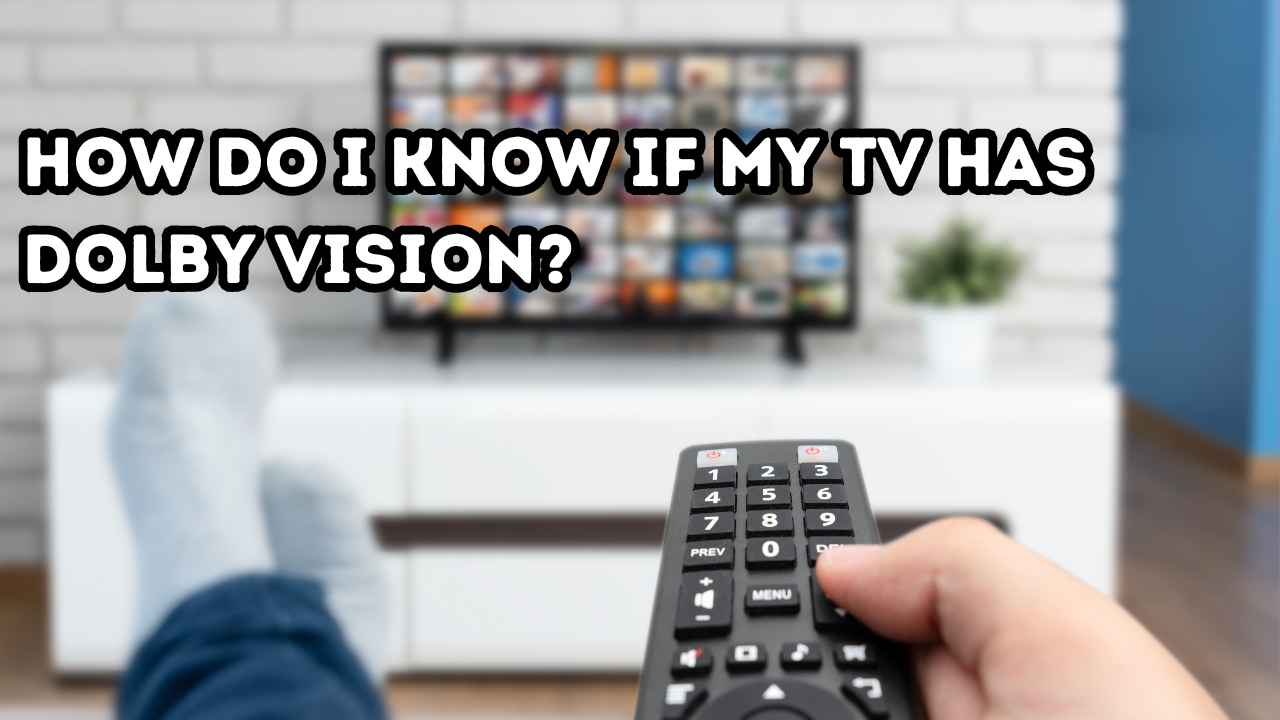
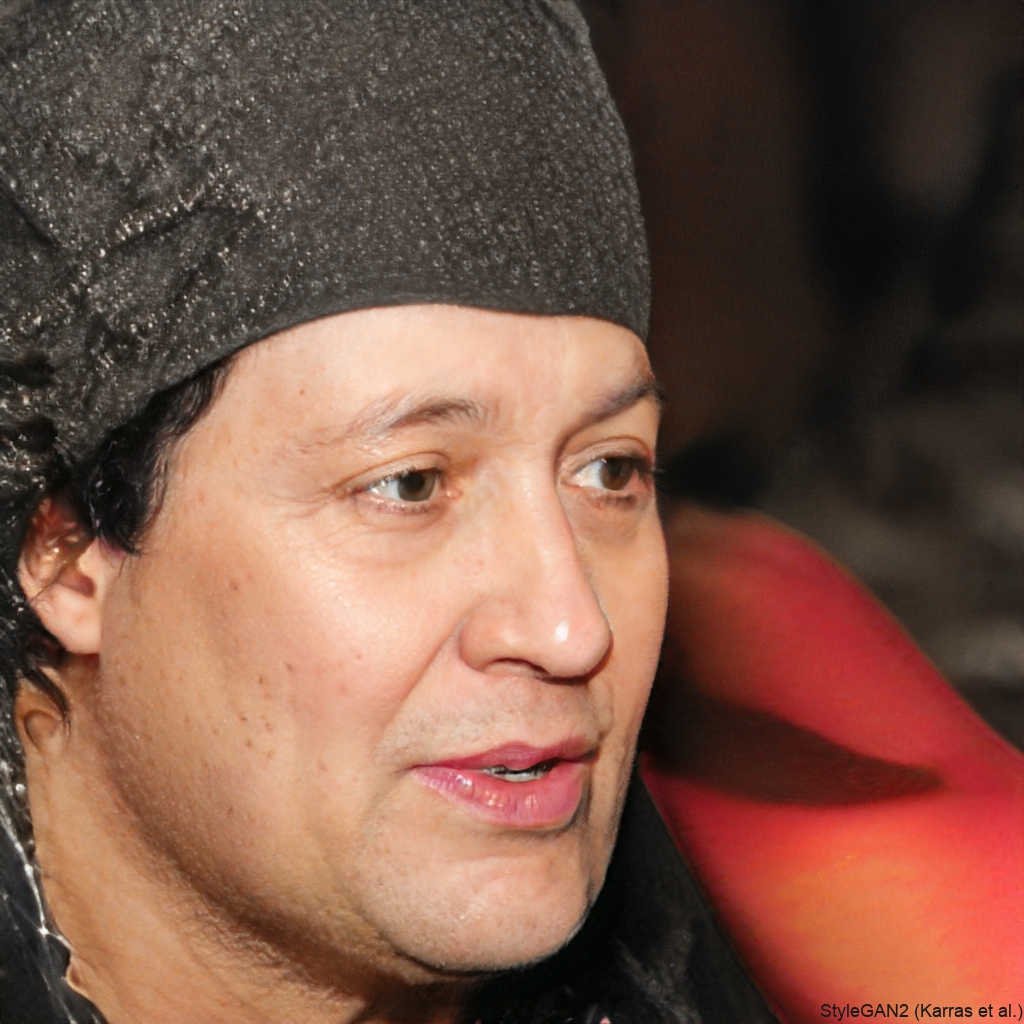
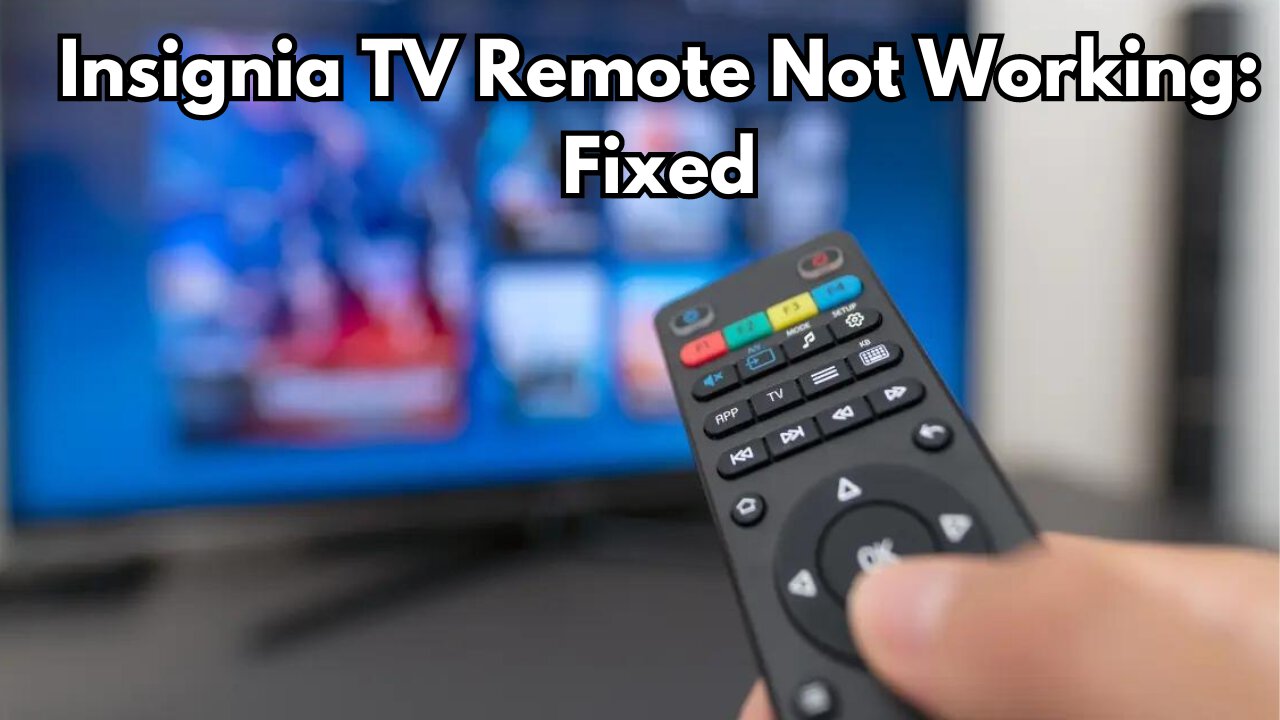
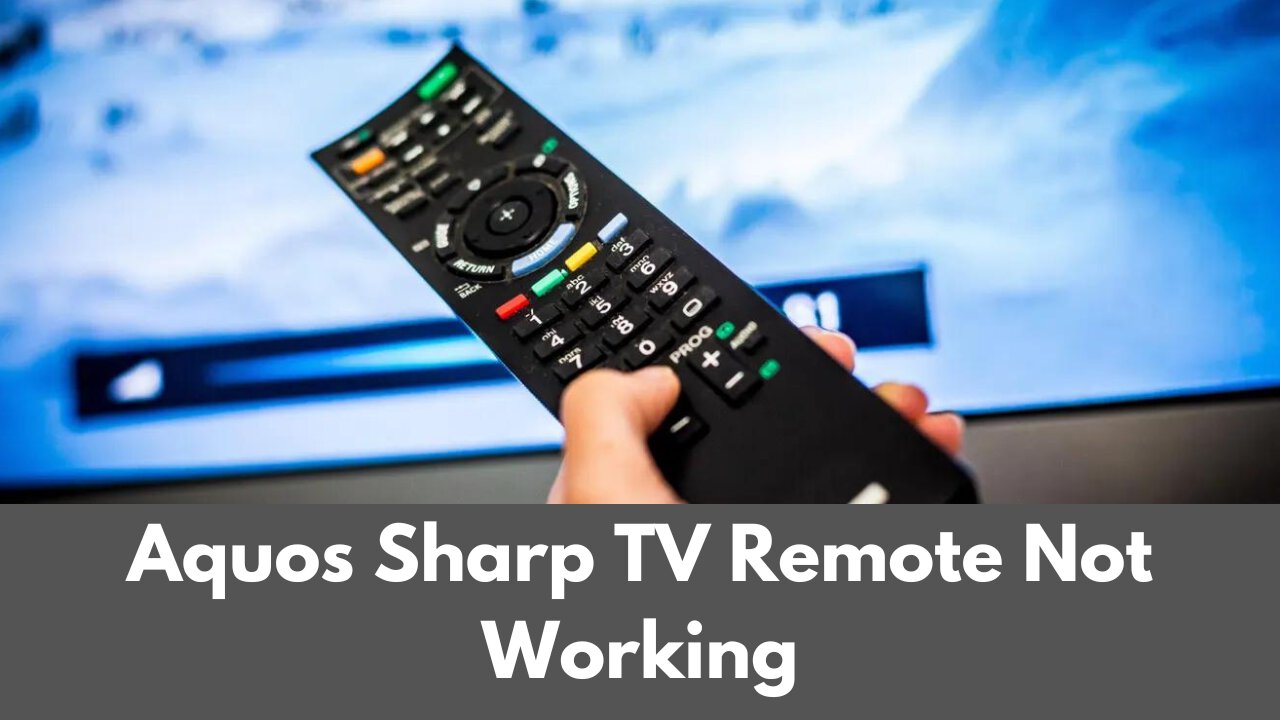
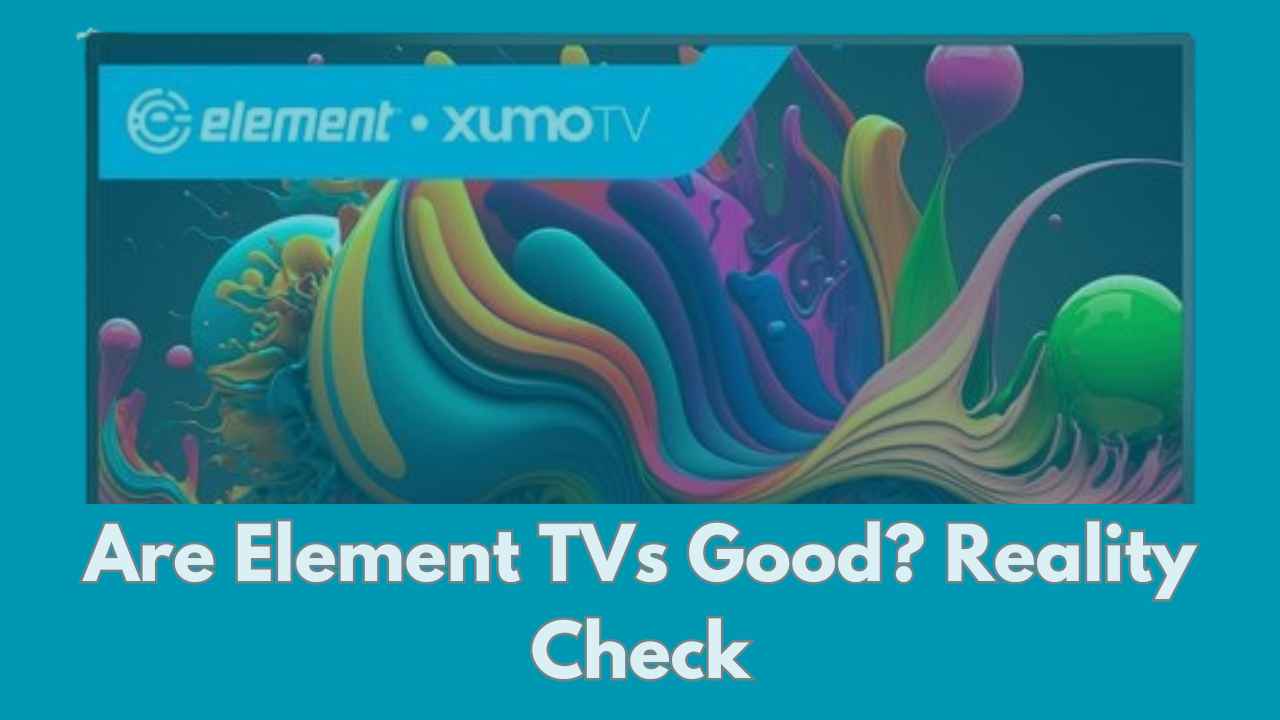
![Sansui TV Won't Turn On: [FIXED]](/uploads/add-a-heading-50_11zon.jpg)
